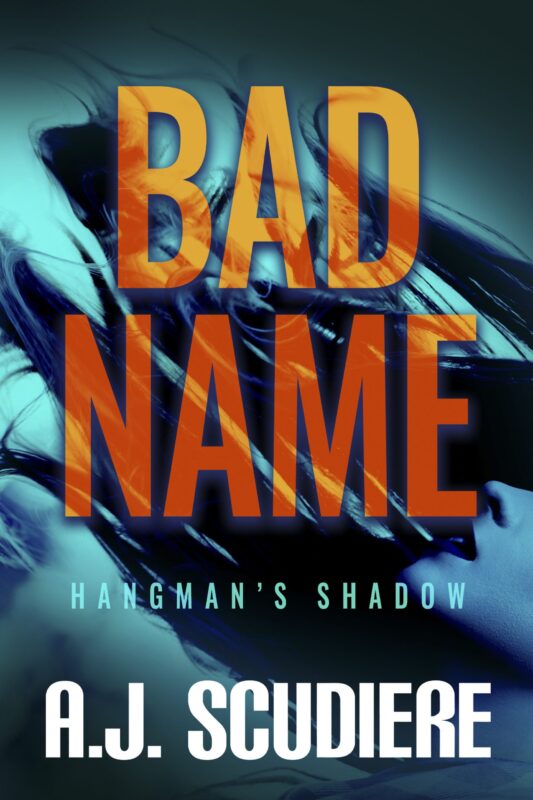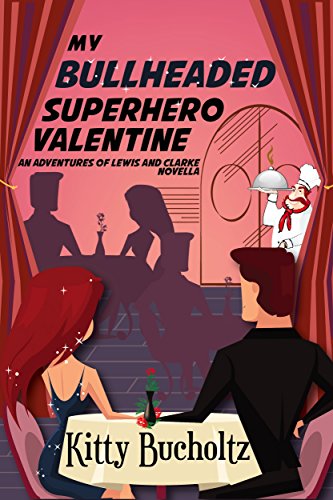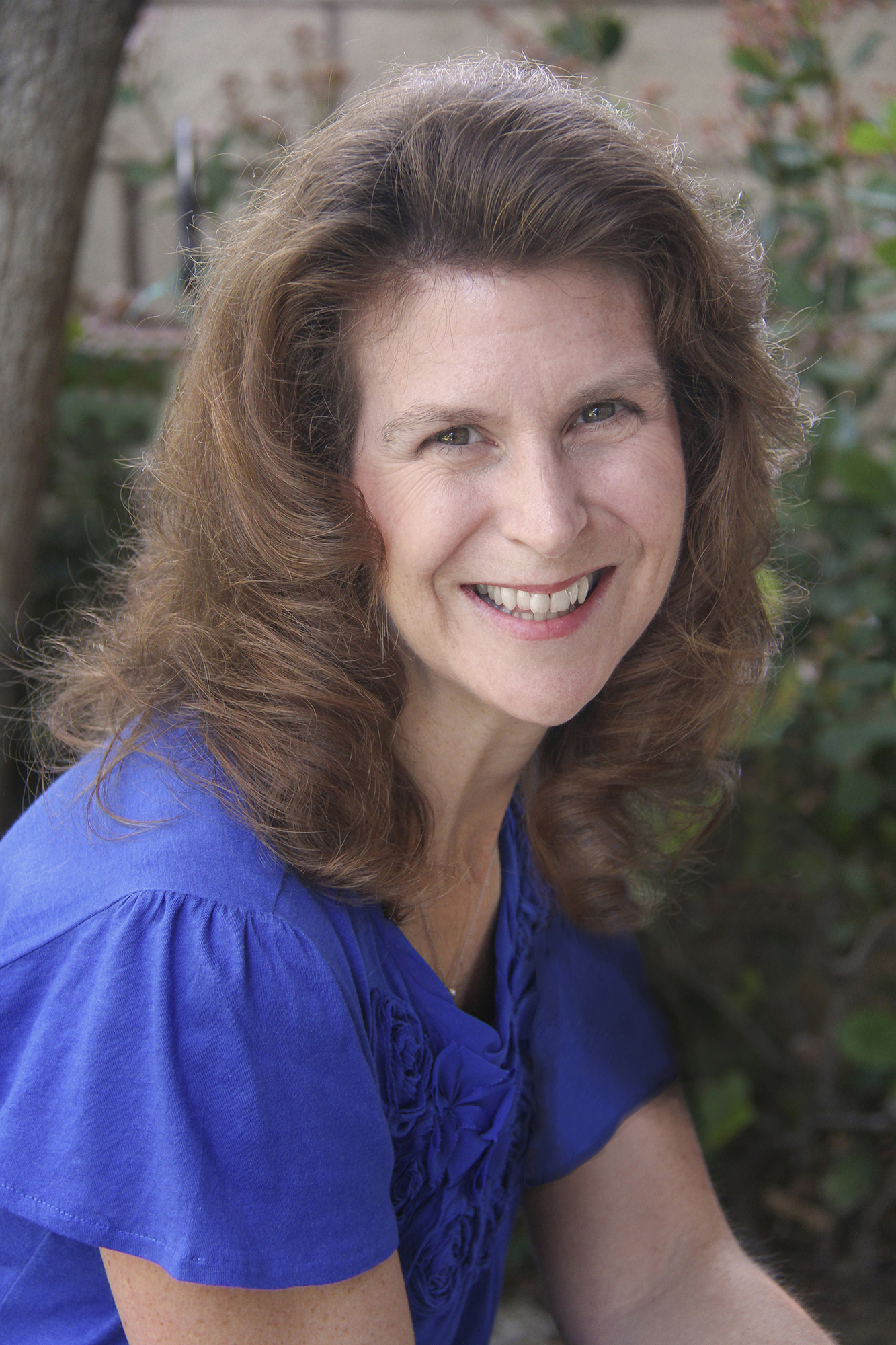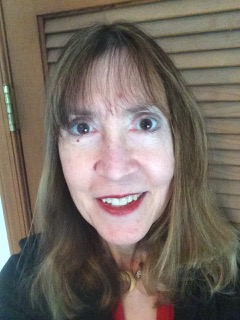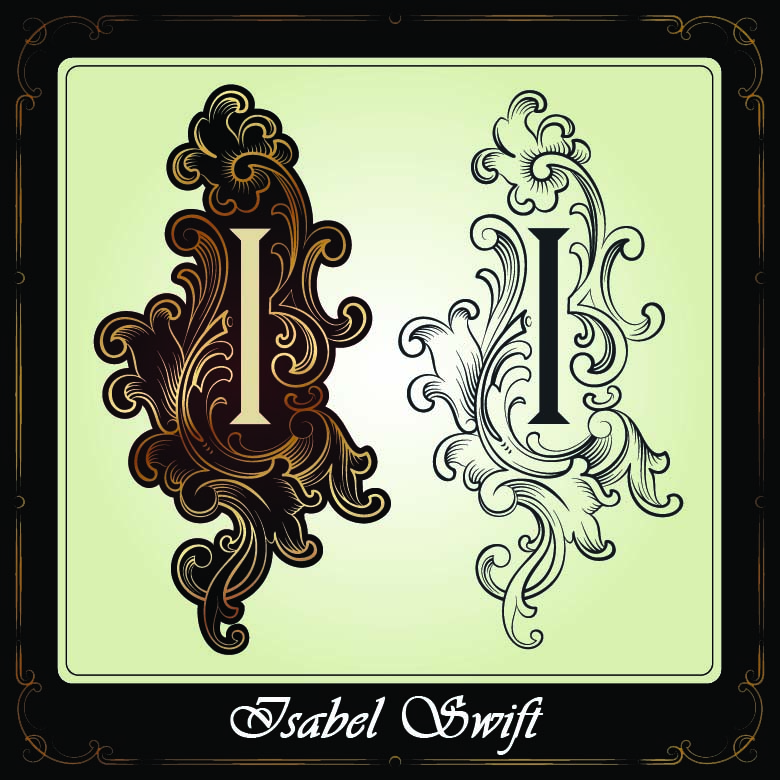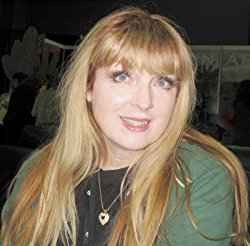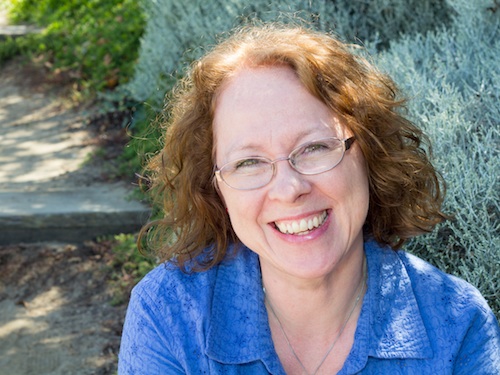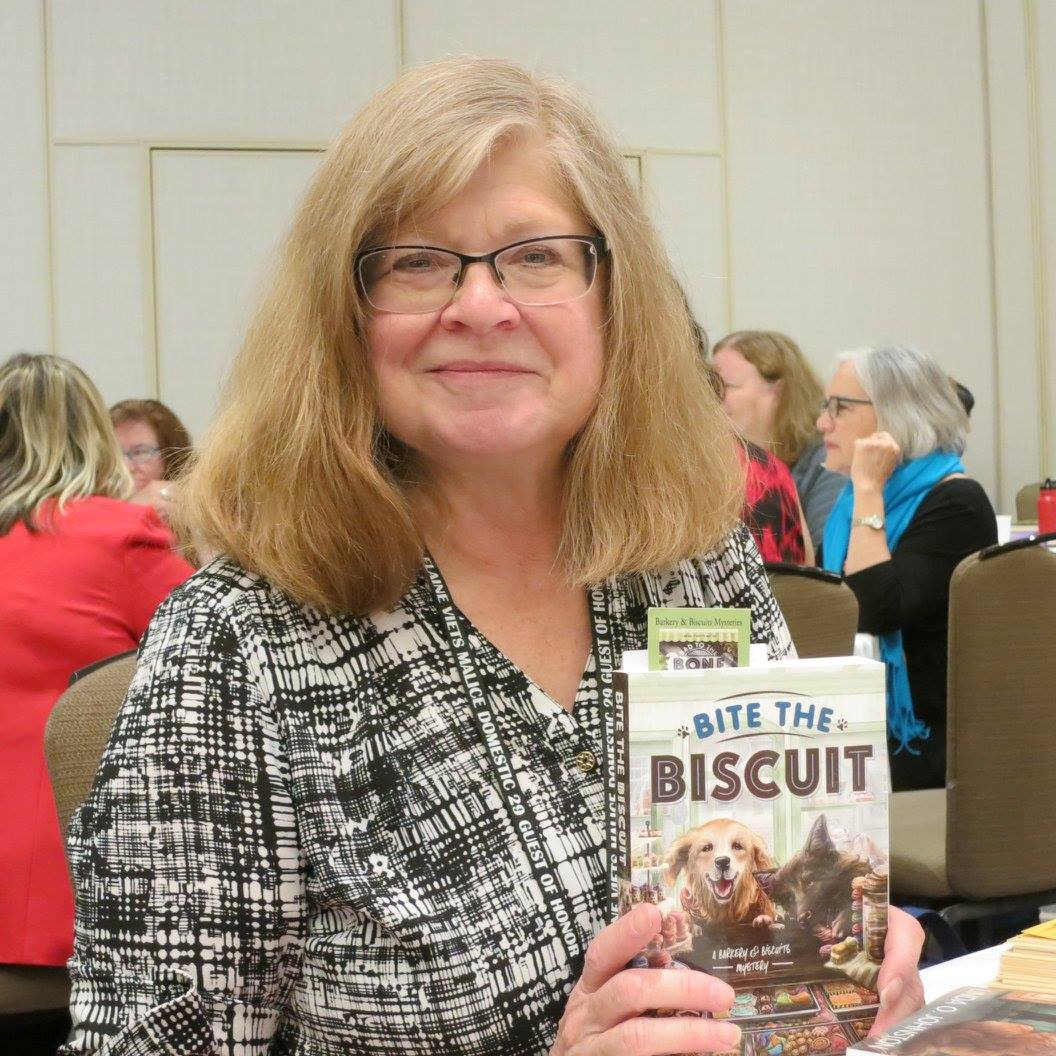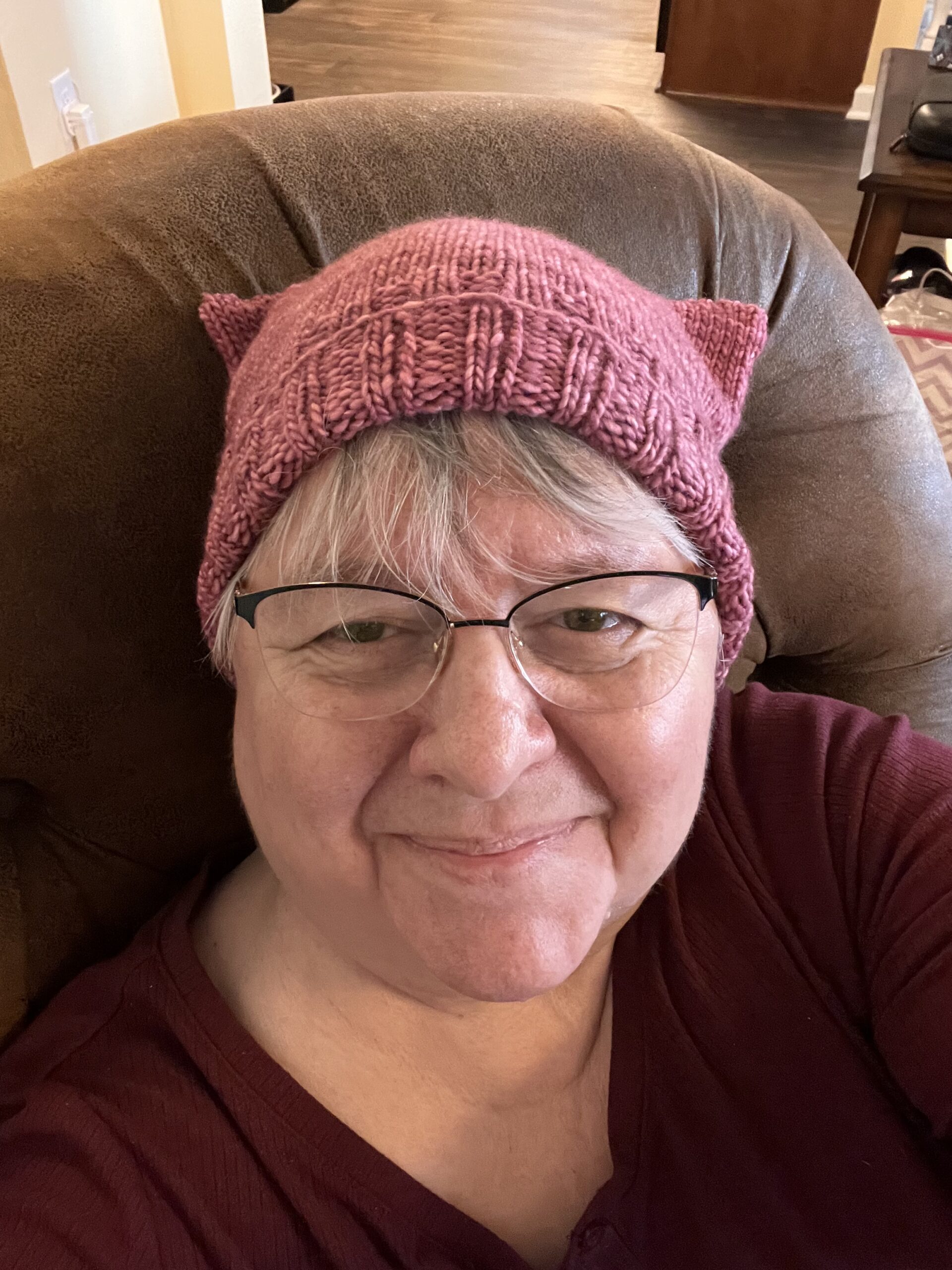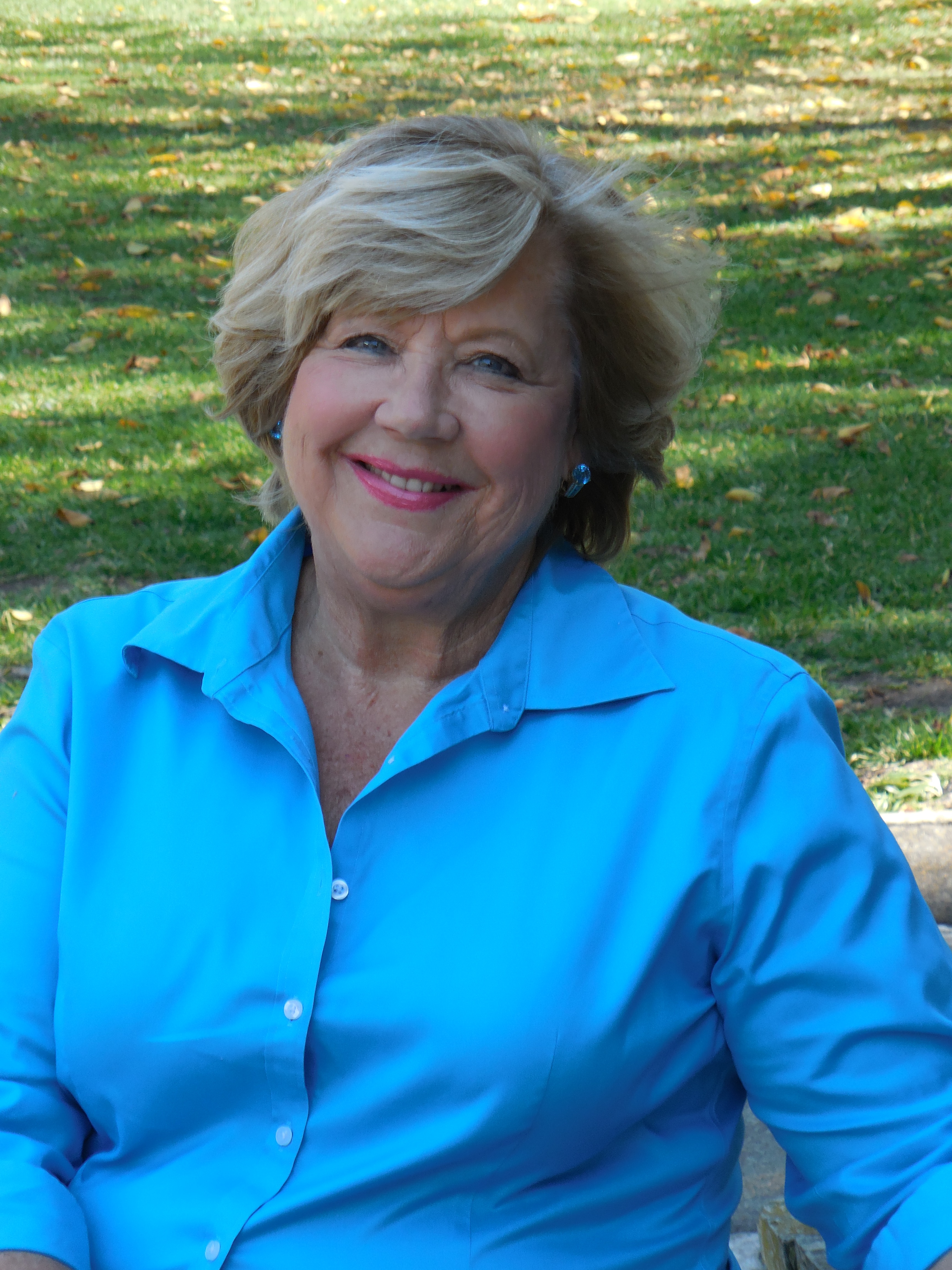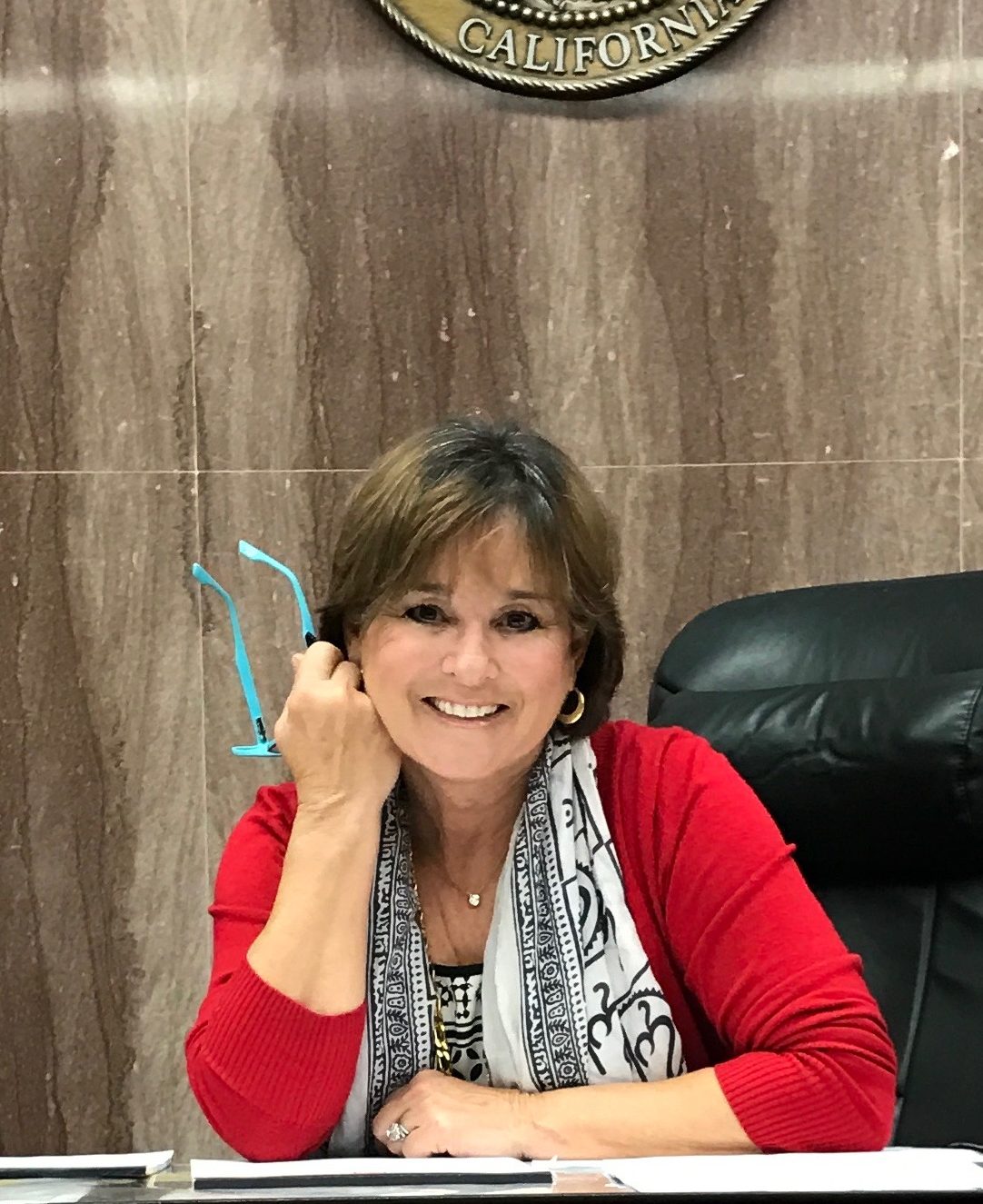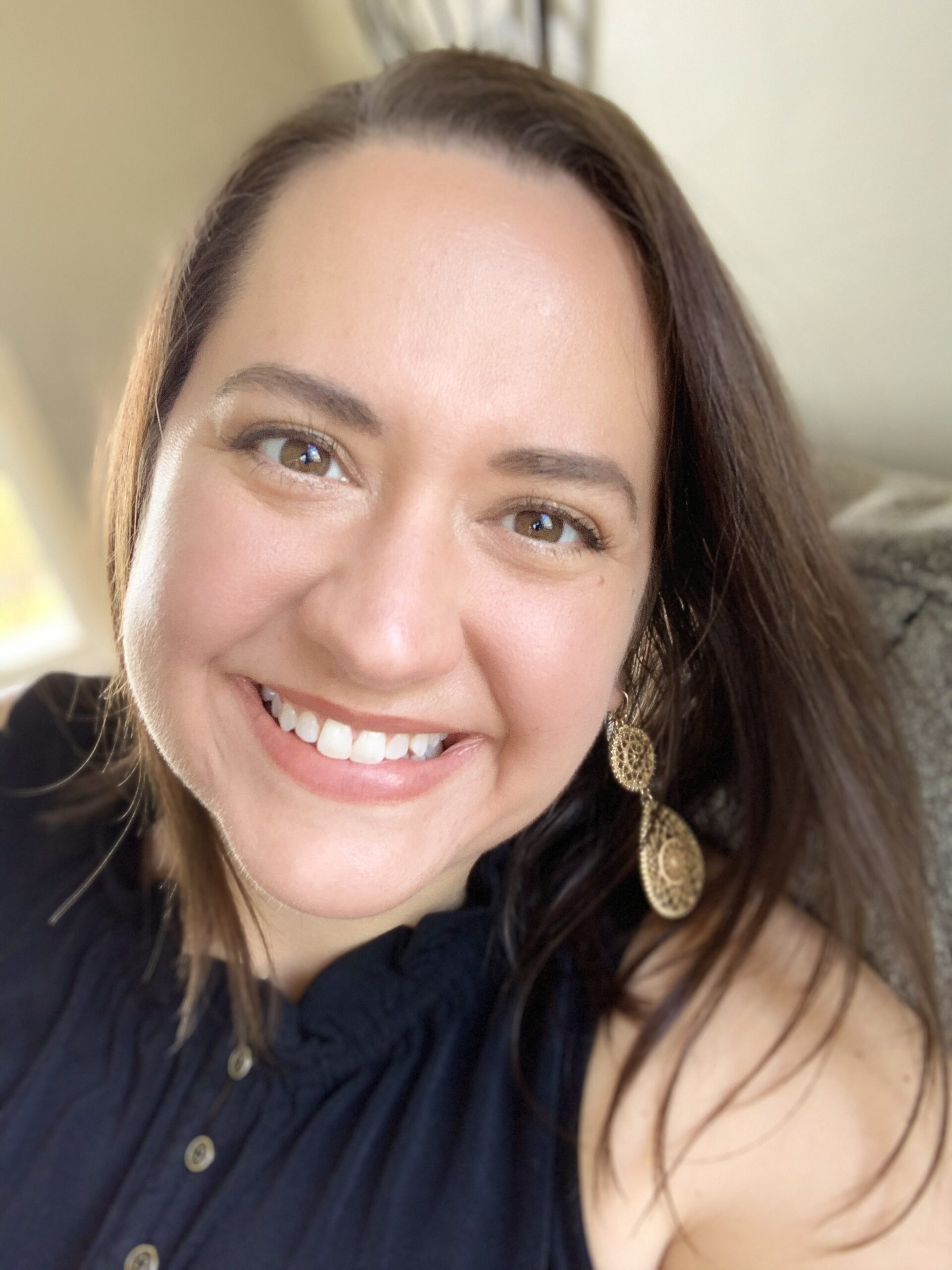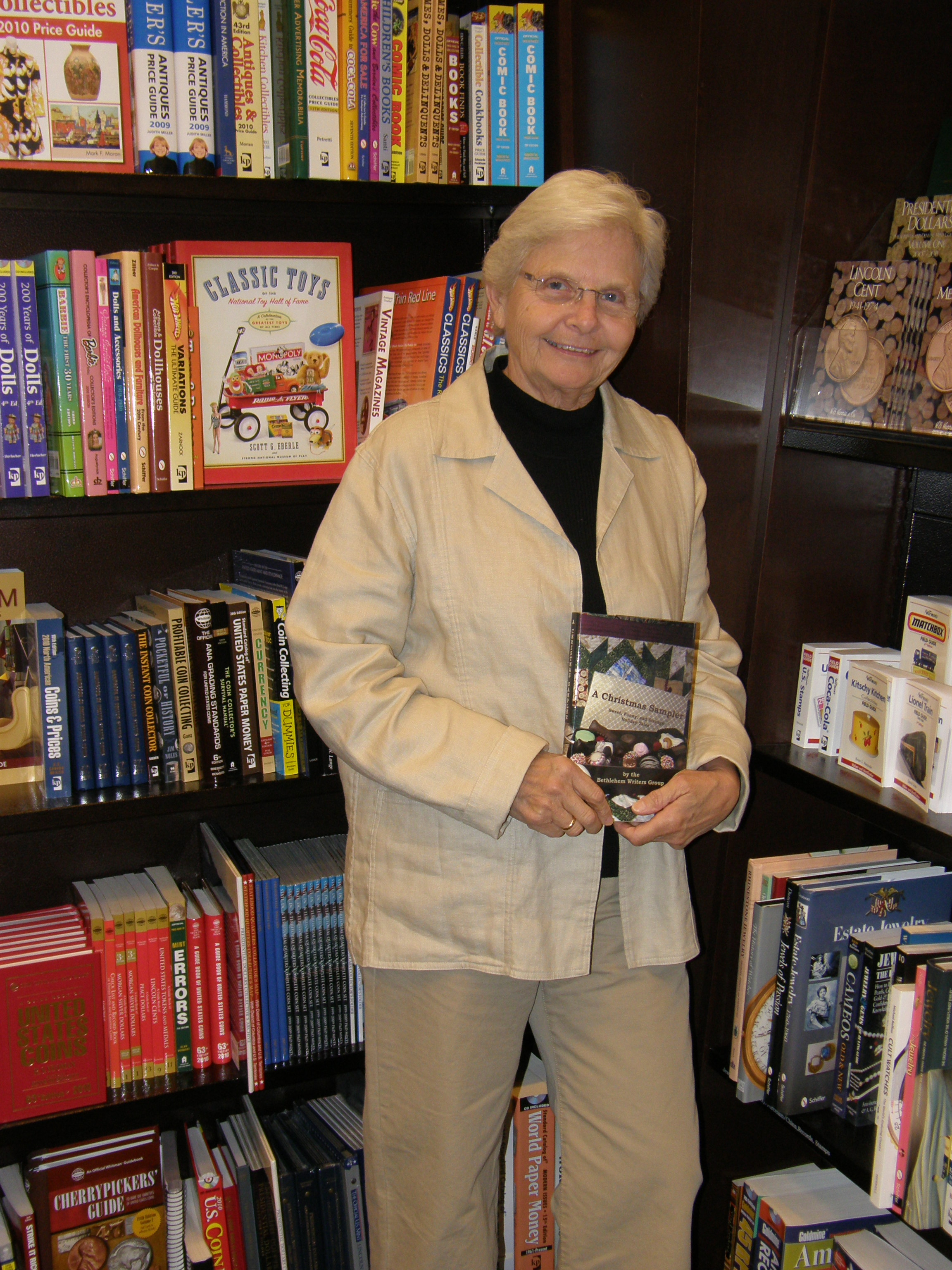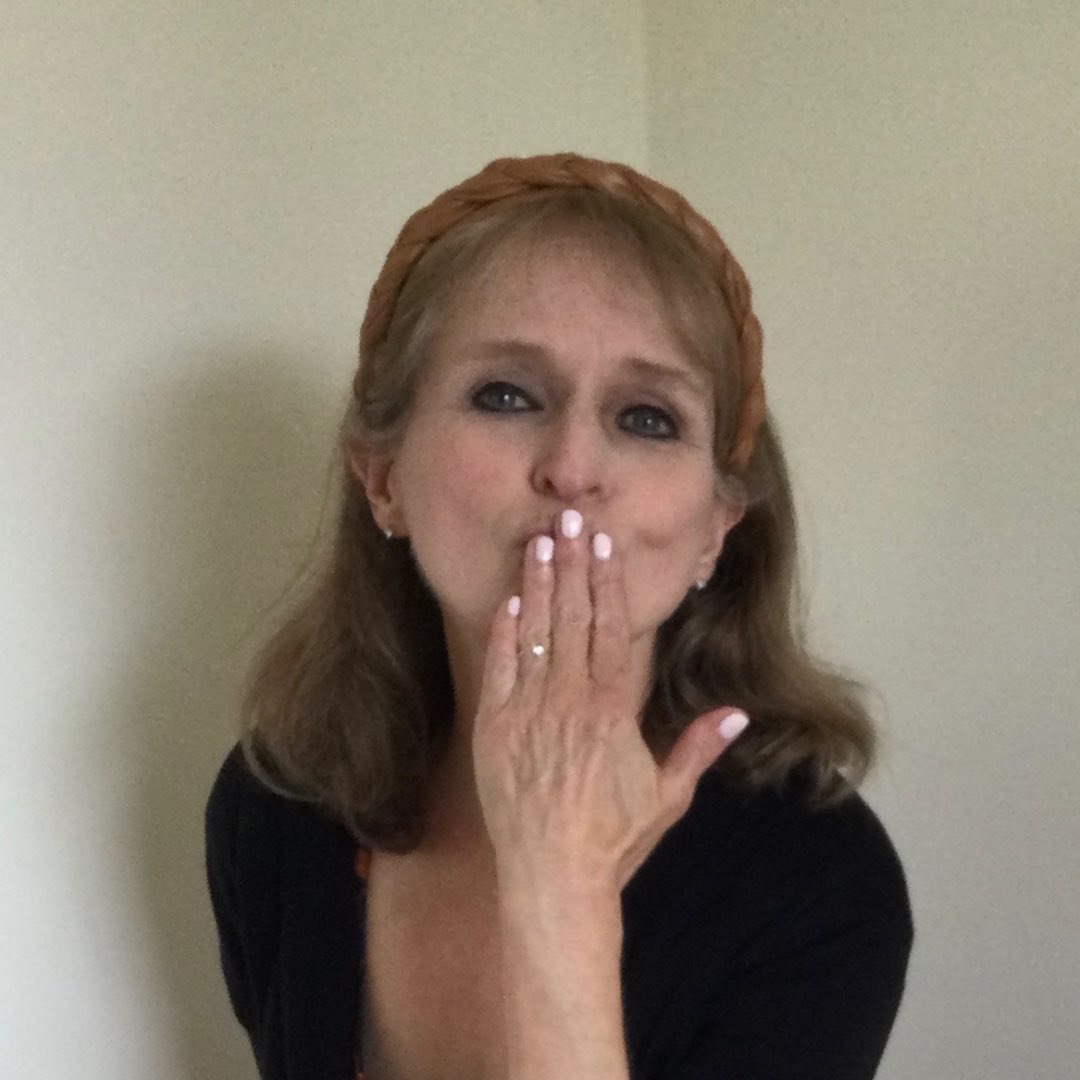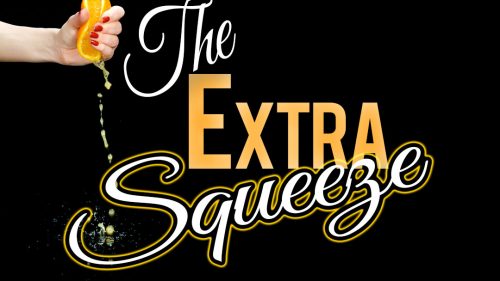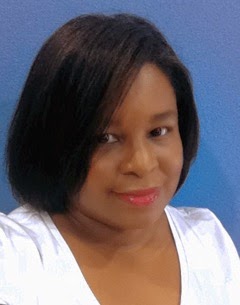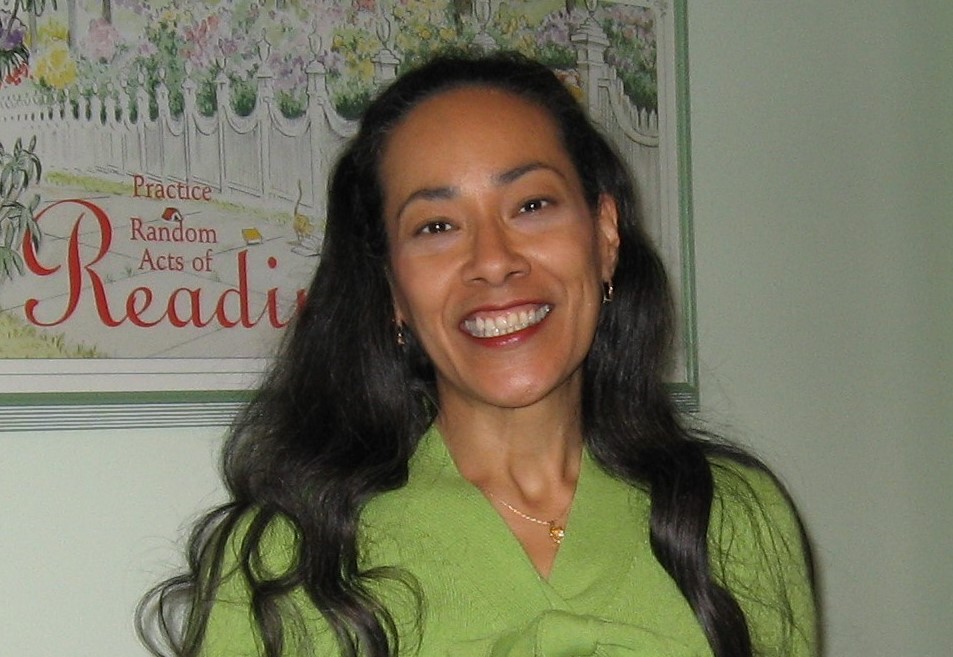Debut Author Book Launch Checklist
April 12, 2024 by Denise M. Colby in category The Writing Journey by Denise Colby tagged as book launch, Debut Author, debut novel, Marketing for AuthorsAs a new debut author, it’s amazing how once you get the green light to publish, there are so many little details for an author to complete. And quickly. I’m in the process of building a debut author checklist to help me keep track of everything. One is specific to book launch, while the other is for a debut author overall.

I’m sure there are lots of helpful lists out there. I’ve seen many posts and emails related to this over the years. I’ve even taken lots of notes during workshops. But it’s sooo different when you are finally in that moment yourself.
So I’m compiling my own list and would love to have input from all the other authors who are part of this blog. Please share lists you use or your own ideas in the comments below. And keep reading to see if I’m missing anything.
Book Launch Checklist
Your book is being published, and you have a date. Now what? Here’s what I have experienced so far with my first book, When Plans Go Awry, launching June 4, 2024.

- Cover design
- Announce cover reveal in newsletter and social media
- Sign up for some blog interviews close to book launch date
- Back cover copy
- Send file out to authors to write endorsements
- Final edits
- Final inside matter – map, dedication page, acknowledgements, author’s note, endorsements, author bio
- At the end of the book include a link to sign up for newsletter
- Teaser for next book
- Galley Proof
- Update facebook header with new book cover
- Book page on your website
- Book page on your publisher website
- Book page on GoodReads (and link to author page)
- Pull quotes from book to create graphics
Are there other things you do with each book? Since I work full time and my son is getting married the same month my book launches, my husband and I agreed a book launch manager would be beneficial for my first book since I wanted to do an official launch team. Additional tasks for this include:
- Recruit people to be a part of book launch team (with google form for signups)
- Identify giveaways for book launch members (see my rooster below)
- Create content for book launch members to use
- Create special content for members

Debut Author Checklist
I’ve been working on this journey a long time and even though I’ve established my website and social media, I’m finding my debut author checklist is long for all the things I still want to do. Of course working on Book 2 is on the list, but there are other things that need to happen so I can maximize this first book launch.
- Create an author GoodReads page (this is a bit of a process without an ISBN number, but it is possible. I was able to get this built and link my book page together) Need to have this account use the email that you use for your website
- Newsletter set up – build newsletter list
- Update website pages where needed (make sure all references to previous book titles or content have been updated)
- Create a new updated logo (my son is designing one for me)
- Create Amazon Author page
- Booksweeps account
- Bookbub account
- Fictionfinder account
- Take new head shots
- Post a lot on social media to generate buzz and gain momentum
Again, I’m sure there’s things I’m missing and I would love to learn what others have done or wish they would’ve done in the very beginning. Let’s hear it! Post in the comments below.
All-in-all, I’m enjoying this new stage of my writing journey, even though it’s all new for me and feels a bit never-ending. This year I chose the word grow as my focus word. As you can see from the list above, I am growing in lots of knowledge on how to be a debut author and manage a book launch.
If you are interested in joining my book launch team, I’d love to have you. Sign up on my book launch team google form. And have a chance to win the stuffed rooster.
2 1 Read moreThe Brand Challenge; Adding Book Pages To Your Website
May 12, 2023 by Denise M. Colby in category The Writing Journey by Denise Colby tagged as Denise M. Colby, Marketing for Authors, The Brand Challenge, website marketingI talked about a brand challenge a few months back to encourage you to try something new on your website to help you build content and SEO to support your brand. In this post I’m going to dive deeper with my suggestion to add book pages to your website.

First, were you able to do anything on the list from the first brand challenge? I’d love to hear about it. Let me know in the comments below.
Whether you did or did not, let’s try again!
It doesn’t have to be a lot of something, just one thing. Sort of like taking a small bite of the elephant. You don’t need to eat the entire elephant at one time. Many successful websites were not built in one month. They started somewhere first. Then changed or added pages or content later.
Last post, I gave generalized ideas, including adding book pages on your website. For this post, I’m going to expand on this idea.
What type of book pages do you have on your website?
Similar to a blog post, having a page that is focused on one main idea, allows you to use it as a link in other content. This isn’t usually something we think about when building our website pages. Deep linking is adding links that direct the reader to a specific page, not just the front page of your website. The faster they click to the content they want, the happier they will be.
Ideas for pages on your website include a series book page and individual book pages on each book you publish. You can add where to buy for that specific book on the page, but there’s so much other content that can be connected to these pages.
Where to deep-link your book and series pages for brand building
Create a social media post or a blog post on any of the content below and include a direct link to the book or series page it represents.
- Make your characters come alive by talking about them outside of the story.
- Blog post or social media posts about the animals in your book (I have a rooster named Bert)
- Blog post or social media posts for your characters occupation
- Blog post or social media posts for the area or location in your stories (the one-room schoolhouse that was the inspiration to my story)
You can also add some of this content onto the book page itself to give additional context for your readers who choose to want to know more. It’s a way to connect with your readers or potential readers besides just the book.
Another option is to share research gathered for your stories. This could include research you weren’t able to add to your book but you’d like to share. Such when I learned about the first school-teacher who was trained from the school my heroine came from. So I wrote a blog post titled Harriet Bishop, First Public School Teacher in 1847
Frequent small steps add up over time
I know branding and dealing with your website can be challenging, I hope some of these ideas spark something for you to work with. Remember, your content doesn’t have to be perfect. It can even be something you decide to change later on.
I encourage you to do one thing on this list above to help build your brand. It may not seem much. It may seem overwhelming, or underwhelming. But if you do one thing this month, and then another thing next month. Pretty soon, you’ll have many months of blog posts and content that you didn’t have before.
Sometimes we feel this urgency to hurry up that adds extra stress we don’t need as we are busy writing our next book. I’m hoping these ideas help propel you forward in your Author career.
0 1 Read moreUse Your Own Photos As Background Images In Your Graphics
March 12, 2023 by Denise M. Colby in category The Writing Journey by Denise Colby tagged as background images, Marketing for Authors, Social Media, Visual Content MarketingBackground images in graphics is something we don’t talk about much. Yet, when you see a social media graphic with a great quote, there most always is a graphic behind the words that helps communicate the message. So, if you plan to create your own graphics, choosing the photos you use in those graphics matter.
What to use as a background image
Nature is a popular choice, especially sunsets, sunrises, flowers, mountains or waterfalls. Images with animals are selected frequently as well, showing them all in their cute glory or in varying circumstances that can be funny or memorable. When we look at humorous posts, an image with a funny face or situation lends to the message.

The colors you use in your backgrounds is just as important. Sometimes the photo itself in the background may drive what color you use for your text in order for them to blend. But keep in mind, colors represent different things to people. Look up color choices, if interested in what emotion you want to convey in your graphics. And then choose your background image color accordingly.

I found this definition on the internet about using backgrounds in graphic design.
Backgrounds are the foundation of a successful composition. Background textures and colors create depth and contrast, allowing graphics to stand out and get noticed. Well-composed background images can help create space for you to overlay text.
Incorporating your brand in your background choices
Something to keep in mind is your brand. What is your brand? Specific colors in your brand? Do you have animals in your stories? Or what settings do you write most of your scenes? These all are ideas of what to use as background images in your graphics.
For example, if you write about cowboys, then horses and sunsets might be good options to include in your graphics. Every graphic should include your branding in some way. And think outside of the box a little bit to expand your branding content.
I found some 12 x 12 paper I liked and gave a historical look that I wanted in my background images. As I started using these to take pictures of books, bookmarks and other small items in my graphics, I liked the results.



Out of the few I first bought, I tend to use the same ones over and over because I like how the wood contrasts with all the types of images I’m creating.



If you know your brand and have a look, this is a great way to build consistency in your content. Try some things. It’s the only way to know what works and what doesn’t.
Taking your own photos and using them as background images
It’s important to note to not just find any photo off the internet. That’s actually taking someone else’s intellectual property. Instead you can find photos for free from certain apps, as well as purchase photos from several different resources.
Taking your own photos is a great way to create content. See if you can find things around you to be used as background images.

Start seeing backgrounds in the world around you
Some of this will take practice, but keeping an eye out for what you like is important. You have a brand and your brand is your style. Think about your readers, but I would focus on things that speak to you as well. A look, a vibe. All of which will come out as you build your content in your social media.
Be careful not to include anything people would be able to recognize. That’s not the point of a background image. And you don’t want something on your graphics that is someone else’s brand.
I’ve created a folder on my phone in my photos that is for background images. When I take a picture of something that I think would make a great background I save it in there so I can find it easily.
A little Disney magic in the background
One of my favorite places to find image backgrounds is Disneyland. Everything is clean and colorful and there are lots of choices available, from rock walls, boards, or the pathways. If you look around you can see things that you hadn’t noticed before, but they are part of the atmosphere. That’s what you want for your background photos. Something that blends in nicely but is clean and aestheticly pleasing.



I love going to Disneyland and taking pictures of the things around me. Disney thinks through everything, and it’s given me some great ideas for image backgrounds. Here are some additional examples:



If you zoom in close on something it can provide a completely different perspective and make the perfect background image.
I hope these examples give you some ideas for you to use in your content in the future.
Thanks for reading!
Denise M. Colby loves to write blog posts on marketing and SEO. She also loves to write about her word of the year. She creates social media graphics to highlight quotes from her word of the year. Take a look at this blog post on her 2022 word Work for additional ideas. Or the graphics created for her 2021 word Wisdom using the 12 x 12 paper mentioned above. Check out the new ones she’s created for her 2023 word Change. Or see more on her instagram or facebook pages.
0 0 Read moreThe Brand Challenge Introduction
October 12, 2022 by Denise M. Colby in category The Writing Journey by Denise Colby tagged as Author Brand, Denise M. Colby, Marketing for Authors, The Brand ChallengeThis month, I’m introducing a concept called The Brand Challenge. It’s a way to encourage you to try something new on your website to help you build your brand.

Sometimes branding and dealing with your website can be challenging. The purpose of this challenge is to encourage you to just try. It doesn’t have to be perfect. It can even be something you decide to change later on. The idea is trying something new to keep propelling you forward in your Author career.
For a list to choose from, here are some ideas to help you with your Brand Challenge this month:
- Create a new blog post this month about a character, your story theme, or genre you write in
- Up your on-page SEO with each post and page (for help, I’ve created an On-Page SEO Checklist for you to download, and check out my past blog post Using a Blog SEO Checklist to Streamline Your Blog Post)
- Create a book page on your website for every book you have or are working on
- Link two or three pages on your website to one another using Anchor Text
- Design a social media post about the genre you are writing in, or a book you’ve read recently
Pick One Task A Month For This Brand Challenge
Again, I encourage you to do one thing on this list above to help build your brand. It may not seem much, or it may feel overwhelming. But just stick to one thing only for the entire month. Then do another thing the following month. Pretty soon, you’ll have many months of blog posts or content you didn’t have before.
I’m always amazed at how slow and steady can be the right way to approach brand building.
Sometimes we feel this urgency to hurry up that adds extra stress we don’t need as we are busy writing our next book.
I’d love to hear other ideas that can help you build your brand. Do you like the idea of a monthly Brand Challenge? Leave your thoughts in the comments below.
Blessings,
Denise
0 0 Read moreWhat’s All The Hype Over Keywords?
August 12, 2022 by Denise M. Colby in category The Writing Journey by Denise Colby tagged as Keywords, Marketing for Authors, SEO MarketingWe’ve all heard these statements: Use keywords in your blog posts. Up your SEO game with the right keywords. Keywords are the key. Keywords matter. So what is all the hype over keywords?

Here’s a simple definition:
Keywords are used in digital marketing to describe a word or group of words someone types in a search engine/search bar to perform a search.
As writers we use that search bar all the time for our research.
And that’s how our readers use the search bar too.
So when we write a blog post – think what your reader would possibly type in their search bar to find what you are writing. And use your search bar to test the keywords you are selecting.
The hype over keywords is no joke
Have you ever searched for something and had to change the wording several times to finally get to what you were looking for? That’s the keyword organization going on. The search engines have specific formulas to organize and index everything on the internet. When someone performs a search, they want to find relevant content. And why businesses in the SEO and search engine business hype the use of keywords all the time. And teach what they can on the subject. The better everyone uses keywords, the more organized internet content will be.
How do you write keywords?
Keywords are tricky. You can’t use the same ones twice. If you do, they sort of cancel each other out when being indexed. So, when you use only one word, it limits using that word ever again. So using two words and varying one of them for different scenarios would be a good strategy.
Another strategy is to not use words too broad or too narrow. Again, think about the terms you use when searching for similar topics. You want to land on the first page of the search. The more you research, you’ll start to see how to tweak and tailor your keywords to better fit.
Other tips for writing strong keywords
- Make sure posts and pages are focused and related to only ONE main idea. When you figure out your keyword FIRST, you write your blog post differently.
- Include your keywords in your title, first paragraph, a subhead or two, and the body text
- Use other relatable words that support the main topic through the post/page
- Include pictures that represent your keywords and add your keywords into the alt text
- Keywords can be tied into your Category and Tag strategy as well, especially if it’s a topic you cover frequently
- You could use your keyword phrase as your slug to keep things simple
Interested in learning more about SEO? Check out my Using a Blog SEO Checklist to Streamline Your Blog Post and/or sign up for my Marketing for Authors newsletter on my website.
0 0 Read more
Affiliate Links
A Slice of Orange is an affiliate with some of the booksellers listed on this website, including Barnes & Nobel, Books A Million, iBooks, Kobo, and Smashwords. This means A Slice of Orange may earn a small advertising fee from sales made through the links used on this website. There are reminders of these affiliate links on the pages for individual books.
Search A Slice of Orange
Find a Column
Archives
Featured Books
MY BULLHEADED SUPERHERO VALENTINE
Maybe just one night out won’t hurt.
More info →TO CATCH A TREAT
When a Dog-Snatching Scheme Leads to Murder, Carrie Must Sniff Out the Truth.
More info →Newsletter
Contributing Authors
Search A Slice of Orange
Find a Column
Archives
Authors in the Bookstore
- A. E. Decker
- A. J. Scudiere
- A.J. Sidransky
- Abby Collette
- Alanna Lucus
- Albert Marrin
- Alice Duncan
- Alina K. Field
- Alison Green Myers
- Andi Lawrencovna
- Andrew C Raiford
- Angela Pryce
- Aviva Vaughn
- Barbara Ankrum
- Bethlehem Writers Group, LLC
- Carol L. Wright
- Celeste Barclay
- Christina Alexandra
- Christopher D. Ochs
- Claire Davon
- Claire Naden
- Courtnee Turner Hoyle
- Courtney Annicchiarico
- D. Lieber
- Daniel V. Meier Jr.
- Debra Dixon
- Debra H. Goldstein
- Debra Holland
- Dee Ann Palmer
- Denise M. Colby
- Diane Benefiel
- Diane Sismour
- Dianna Sinovic
- DT Krippene
- E.B. Dawson
- Emilie Dallaire
- Emily Brightwell
- Emily PW Murphy
- Fae Rowen
- Faith L. Justice
- Frances Amati
- Geralyn Corcillo
- Glynnis Campbell
- Greg Jolley
- H. O. Charles
- Jaclyn Roché
- Jacqueline Diamond
- Janet Lynn and Will Zeilinger
- Jeff Baird
- Jenna Barwin
- Jenne Kern
- Jennifer D. Bokal
- Jennifer Lyon
- Jerome W. McFadden
- Jill Piscitello
- Jina Bacarr
- Jo A. Hiestand
- Jodi Bogert
- Jolina Petersheim
- Jonathan Maberry
- Joy Allyson
- Judy Duarte
- Justin Murphy
- Justine Davis
- Kat Martin
- Kidd Wadsworth
- Kitty Bucholtz
- Kristy Tate
- Larry Deibert
- Larry Hamilton
- Laura Drake
- Laurie Stevens
- Leslie Knowles
- Li-Ying Lundquist
- Linda Carroll-Bradd
- Linda Lappin
- Linda McLaughlin
- Linda O. Johnston
- Lisa Preston
- Lolo Paige
- Loran Holt
- Lyssa Kay Adams
- Madeline Ash
- Margarita Engle
- Marguerite Quantaine
- Marianne H. Donley
- Mary Castillo
- Maureen Klovers
- Megan Haskell
- Melanie Waterbury
- Melissa Chambers
- Melodie Winawer
- Meriam Wilhelm
- Mikel J. Wilson
- Mindy Neff
- Monica McCabe
- Nancy Brashear
- Neetu Malik
- Nikki Prince
- Once Upon Anthologies
- Paula Gail Benson
- Penny Reid
- Peter Barbour
- Priscilla Oliveras
- R. H. Kohno
- Rachel Hailey
- Ralph Hieb
- Ramcy Diek
- Ransom Stephens
- Rebecca Forster
- Renae Wrich
- Roxy Matthews
- Ryder Hunte Clancy
- Sally Paradysz
- Simone de Muñoz
- Sophie Barnes
- Susan Squires
- T. D. Fox
- Tara C. Allred
- Tara Lain
- Tari Lynn Jewett
- Terri Osburn
- Tracy Reed
- Vera Jane Cook
- Vicki Crum
- Writing Something Romantic
Affiliate Links
A Slice of Orange is an affiliate with some of the booksellers listed on this website, including Barnes & Nobel, Books A Million, iBooks, Kobo, and Smashwords. This means A Slice of Orange may earn a small advertising fee from sales made through the links used on this website. There are reminders of these affiliate links on the pages for individual books.


